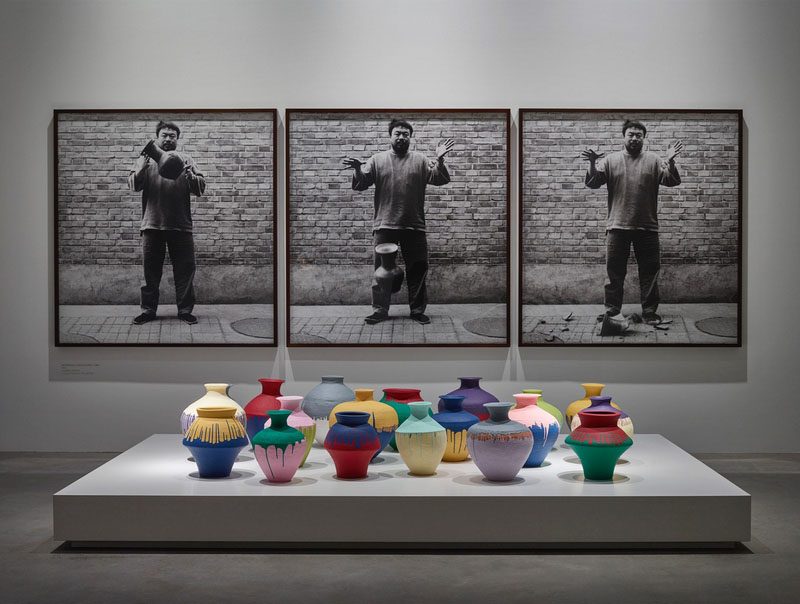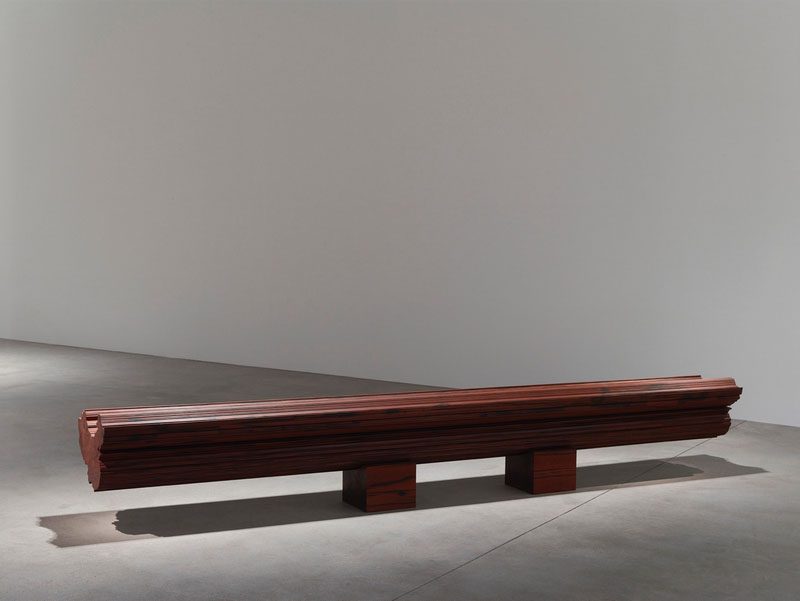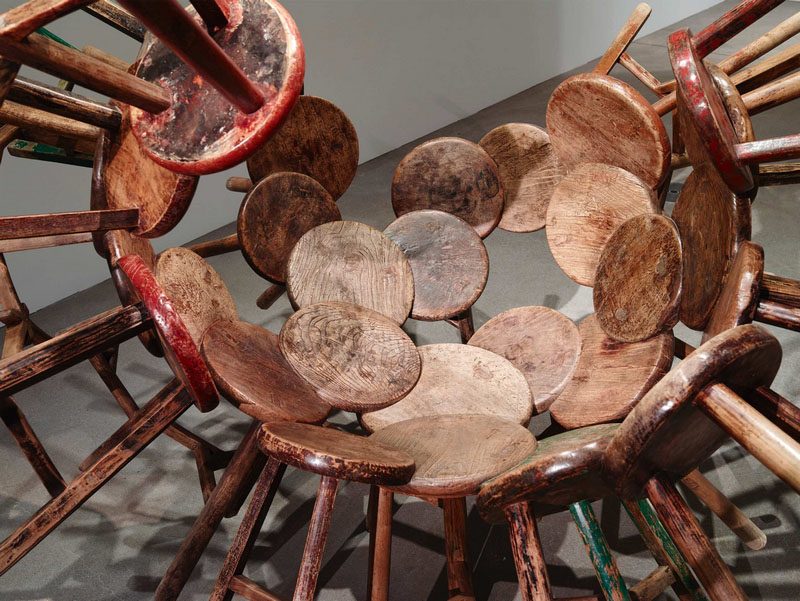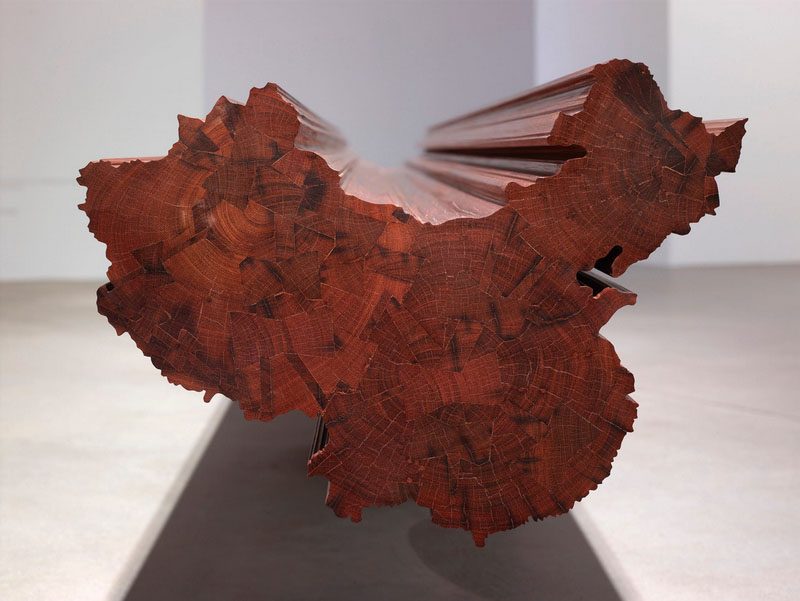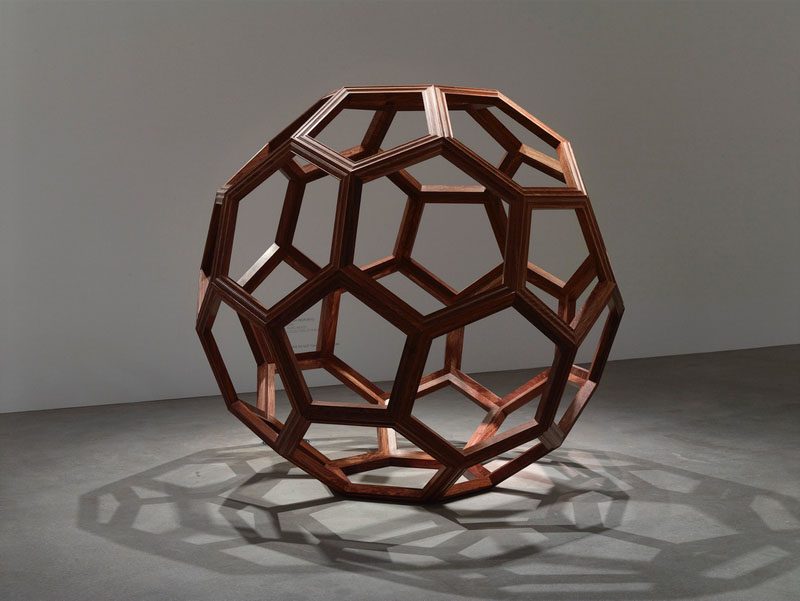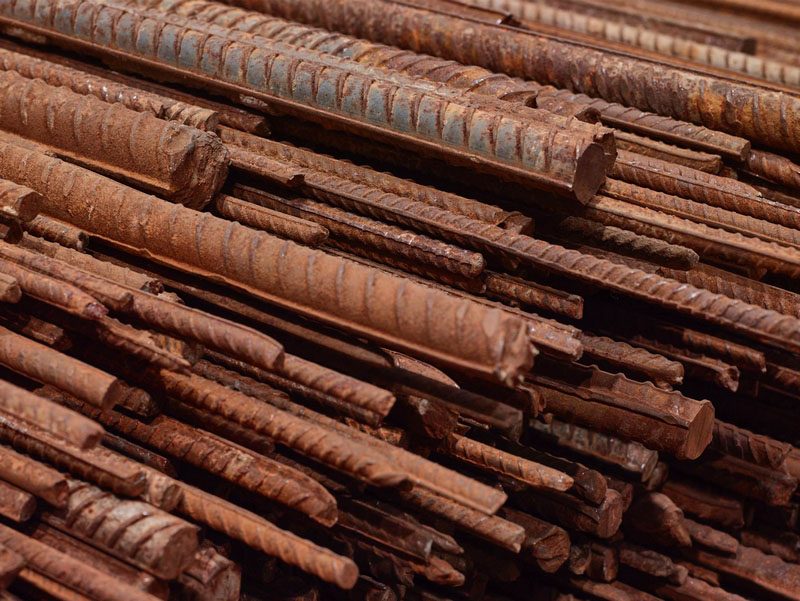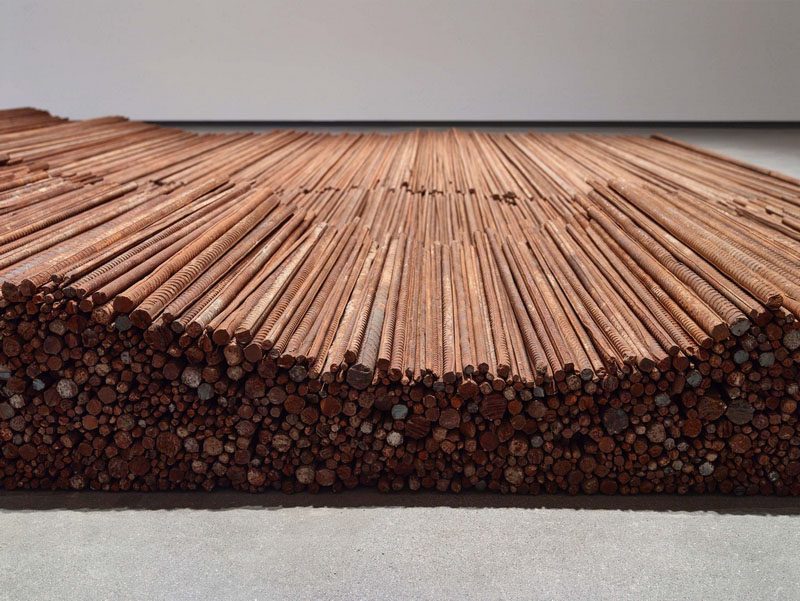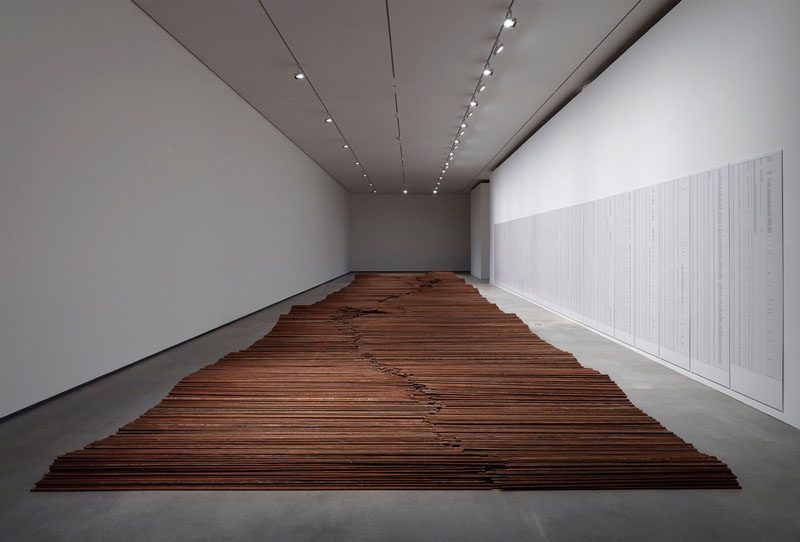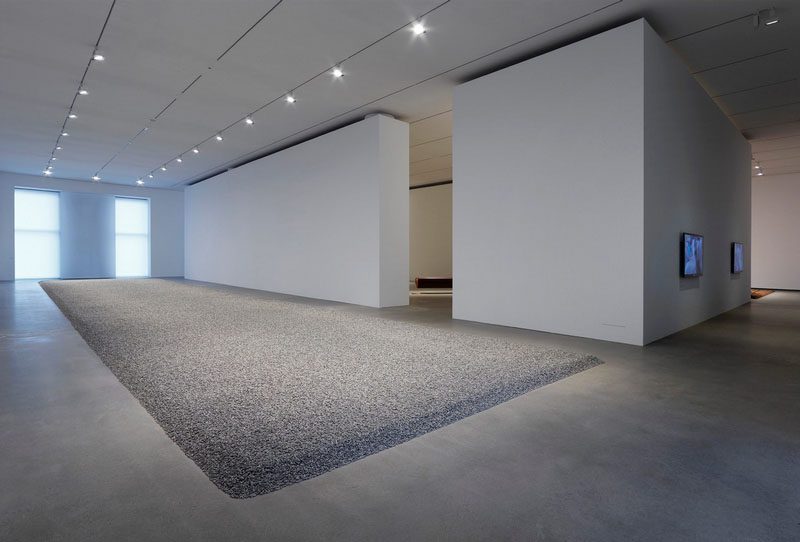ART-PRESENTATION:Ai Weiwei-Ruptures
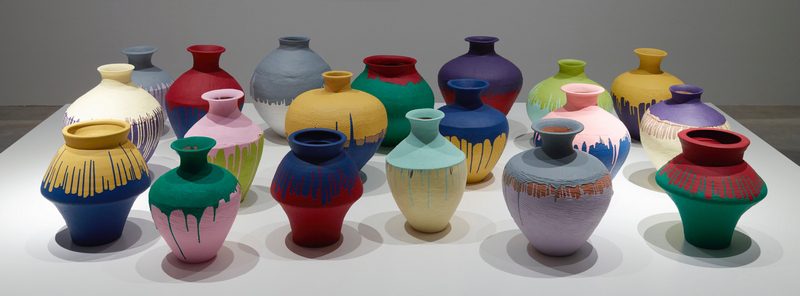 Ai Weiwei is a Chinese Contemporary artist and activist. He collaborated with Swiss architects Herzog & de Meuron as the artistic consultant on the Beijing National Stadium for the 2008 Olympics. As a political activist, he has been highly and openly critical of the Chinese Government’s stance on democracy and human rights.
Ai Weiwei is a Chinese Contemporary artist and activist. He collaborated with Swiss architects Herzog & de Meuron as the artistic consultant on the Beijing National Stadium for the 2008 Olympics. As a political activist, he has been highly and openly critical of the Chinese Government’s stance on democracy and human rights.
By Efi Michalarou
Photo: Faurschou Foundation Archive
Ai Weiwei is currently presenting “Ruptures” an exhibition of works that span the artist’s long career, encountering and documenting the artist’s countless conflicts, arrests and vocal critiques of the Chinese regime. As a social activist, the artist’s work reflects the history and challenges of China in the 21st Century, placed alongside his own reflection and perception of his country. Using traditional Chinese signifiers, as well as more traditionally orthodox art materials, Ai’s work seeks to inform and challenge his audience with repetition and historical form, played off against his own perspective of certain historical moments in China. Many of his works use materials which were founded in ancient Chinese dynasties (iron from old houses and temples, reclaimed pottery, etc.). These manipulated materials push the boundaries and conflicts of Chinese history, explicitly in relation to the artist’s own politics. While his work is not overtly Chinese, his international practice makes use of metaphoric references, humor, puns, and political irony, often redefining the significance of traditional artifacts into something new – from traditional antiques into contemporary art, moving their implications from conventional to transgression. The exhibition at Faurschou Foundation presents some of the main works that have cemented Ai Weiwei’s position as one of the world’s most significant artists, including “Sunflower Seeds”, consisting of millions of hand-made porcelain sunflower seeds, a smaller version of his major site-specific installation at Tate Modern in 2010. Manipulating notions of mass production in relation to this delicate commodity, the artist combines the traditional art of porcelain work with the daunting contrast of scale between each seed and the mass itself. Another important work that has both visual strength and critical content is the large installation “Straight”, the work consists of 73 tons of steel reinforcement that Ai Weiwei found crumpled up among the rubble after the earthquake in Sichuan, and then had transported to his workshop in Beijing, where assistants have meticulously hammered the bars straight again. Ten days after the 8.0-magnitude earthquake took place in Sichuan province on 12/2/08, Ai led a team to survey and film the post-quake conditions in various disaster zones. In response to the government’s lack of transparency in revealing names of students who perished in the earthquake due to substandard school campus constructions, Ai recruited volunteers online and launched a “Citizens’ Investigation” to compile names and information of the student victims. On 20/3/09, he posted a blog titled “Citizens’ Investigation”. Ai published the collected names as well as numerous articles documenting the investigation on his blog which was shut down by Chinese authorities in May 2009He also posted his list of names of schoolchildren who died on the wall of his office at FAKE Design in Beijing. The exhibition also shows several of Ai Weiwei’s sculptures made of wood from some of the Buddhist temples that were torn down during the Cultural Revolution, and his iconoclastic work with antique vases several thousand years old.
Info: Ruptures, Faurschou Foundation, Klubiensvej 11, Nordhavn, Copenhagen, Duration: 20/3-22/12/15, Days & Hours: Tue-Fri 11:00-18:00, www.faurschou.com
